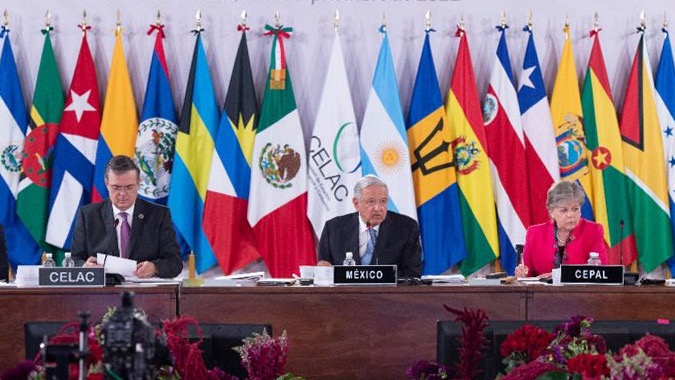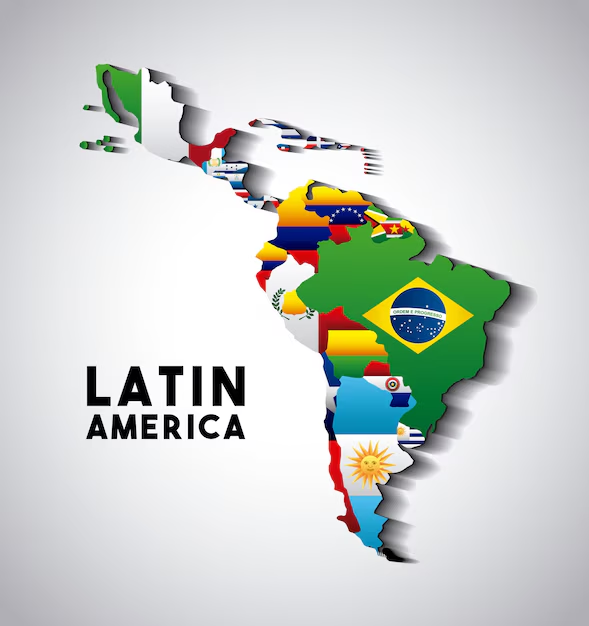Microfinance: A Catalyst for Sustainable Socioeconomic Development in South America
South America grapples with substantial socioeconomic disparities, characterized by pronounced income inequality and limited access to formal financial services, hindering inclusive growth. This necessitates a comprehensive strategy to address these challenges. Microfinance, defined as the provision of financial services to low-income individuals and micro-enterprises typically excluded from traditional banking systems, emerges as a potent instrument for driving economic empowerment and fostering small business development throughout the region. This approach leverages the principles of financial inclusion and sustainable development to achieve transformative social impact. The application of microfinance initiatives demonstrates their capacity to impact communities significantly and spark sustainable social progress, aligning with the goals of poverty reduction and inclusive growth.
Expanding Financial Inclusion and Bridging the Inequality Gap: The stark income disparity prevalent in South America presents a formidable barrier to equitable development. Microfinance institutions (MFIs), by extending financial services to marginalized communities, directly address this challenge. Applying the principles of financial inclusion, MFIs provide access to credit, savings, and insurance products, fostering entrepreneurship among previously excluded groups. This targeted approach, consistent with the World Bank's emphasis on inclusive growth, helps level the playing field and promotes more equitable wealth distribution. The Gini coefficient, a common measure of income inequality, could be used to quantitatively assess the impact of microfinance initiatives on reducing this disparity in specific regions. This empowerment enables wealth creation, thereby mitigating the effects of poverty traps as described by Amartya Sen's capability approach.
Empowering Women Entrepreneurs and Stimulating Economic Growth: Women in South America frequently face systemic barriers to accessing capital and establishing businesses. MFIs specifically designed to support women entrepreneurs are crucial in dismantling these barriers. By providing tailored financial services and business development training, these programs not only empower women economically but also contribute to broader societal progress. This aligns with the empowerment perspective in development economics, emphasizing the crucial role of women's economic participation in overall economic growth. Furthermore, the increase in female entrepreneurship contributes to job creation and overall regional economic growth, boosting local economies in line with Schumpeter's theory of creative destruction and innovation.
Strengthening Community Resilience and Promoting Sustainable Development: Microfinance's impact transcends purely financial assistance. MFIs frequently integrate financial literacy training and ongoing support, empowering individuals to make informed financial decisions. This comprehensive approach fosters stronger, more resilient communities equipped to navigate economic downturns and recover from external shocks, aligning with the principles of sustainable development. The adoption of community-based participatory approaches by MFIs further enhances their efficacy and sustainability, ensuring local ownership and contextual relevance. This process resonates with the concept of social capital, where strong social networks and trust facilitate collective action and risk mitigation within communities.
Leveraging Technological Innovation and Strategic Collaboration: Successful microfinance initiatives depend heavily on synergistic collaborations among MFIs, NGOs, governmental agencies, and community groups. This holistic approach maximizes impact and ensures program relevance. Moreover, the integration of technology, such as mobile banking and digital platforms, is revolutionizing access to financial services. This digital transformation extends reach, especially to rural communities, fostering financial inclusion and strengthening the efficiency and sustainability of microfinance operations. This aligns with the principles of innovation and efficiency in development practice.
Evaluating Success, Charting Future Directions, and Governmental Support: Numerous documented success stories across South America demonstrate microfinance's transformative potential. Future initiatives should prioritize reaching even more marginalized groups, incorporating environmental sustainability principles into program design, and engaging youth proactively in economic development. Supportive government policies and regulatory frameworks are essential for a thriving microfinance sector. Governments can facilitate success through targeted interventions such as tax incentives, subsidized credit schemes for MFIs, and streamlined regulatory processes. This demonstrates a commitment to inclusive growth and sustainable development, echoing the policy prescriptions often advocated by organizations like the International Monetary Fund (IMF).
Conclusions and Recommendations: Microfinance has proven a powerful engine for economic empowerment and inclusive growth in South America. Its success rests on a multi-faceted approach combining financial services with training and support. Future strategies should focus on expanding reach to underserved populations, particularly in rural areas, and integrating sustainability considerations. Governments play a critical role in creating a supportive regulatory environment and actively investing in the sector. Further research should explore the long-term impact of microfinance on poverty reduction, income inequality, and gender equality, using econometric models to isolate the impact of microfinance initiatives from other factors influencing these outcomes. This quantitative analysis could further refine microfinance strategies and enhance their effectiveness in achieving sustainable development goals. The success of microfinance lies in fostering collaborative partnerships among stakeholders. Collective action is key to maximizing its impact, building resilient communities, and driving inclusive economic growth across the region.
Reader Pool: Considering the complexities of implementing effective microfinance programs and their varying success rates across different contexts, what key factors contribute to the long-term sustainability and positive social impact of microfinance initiatives in South America?



